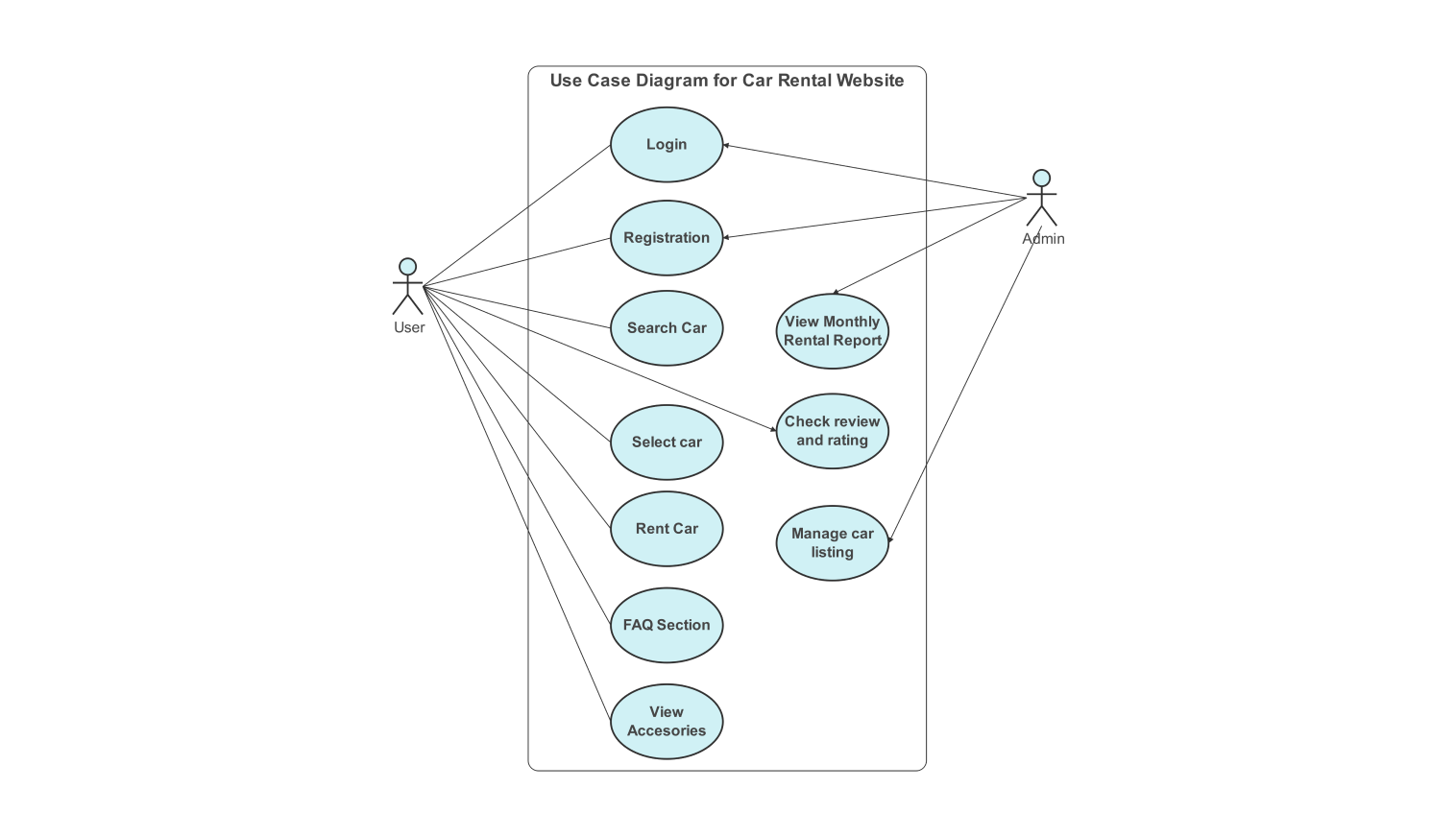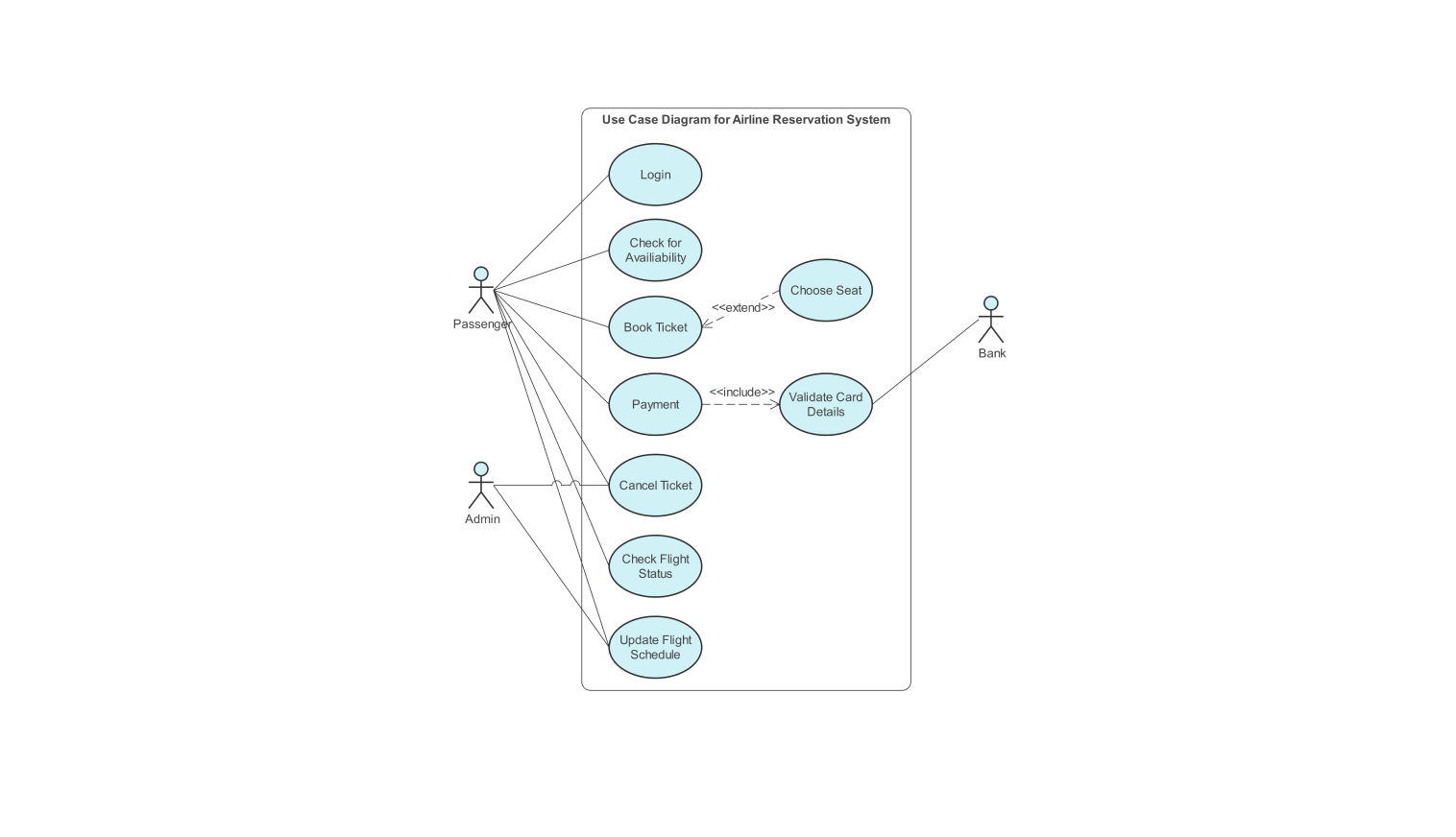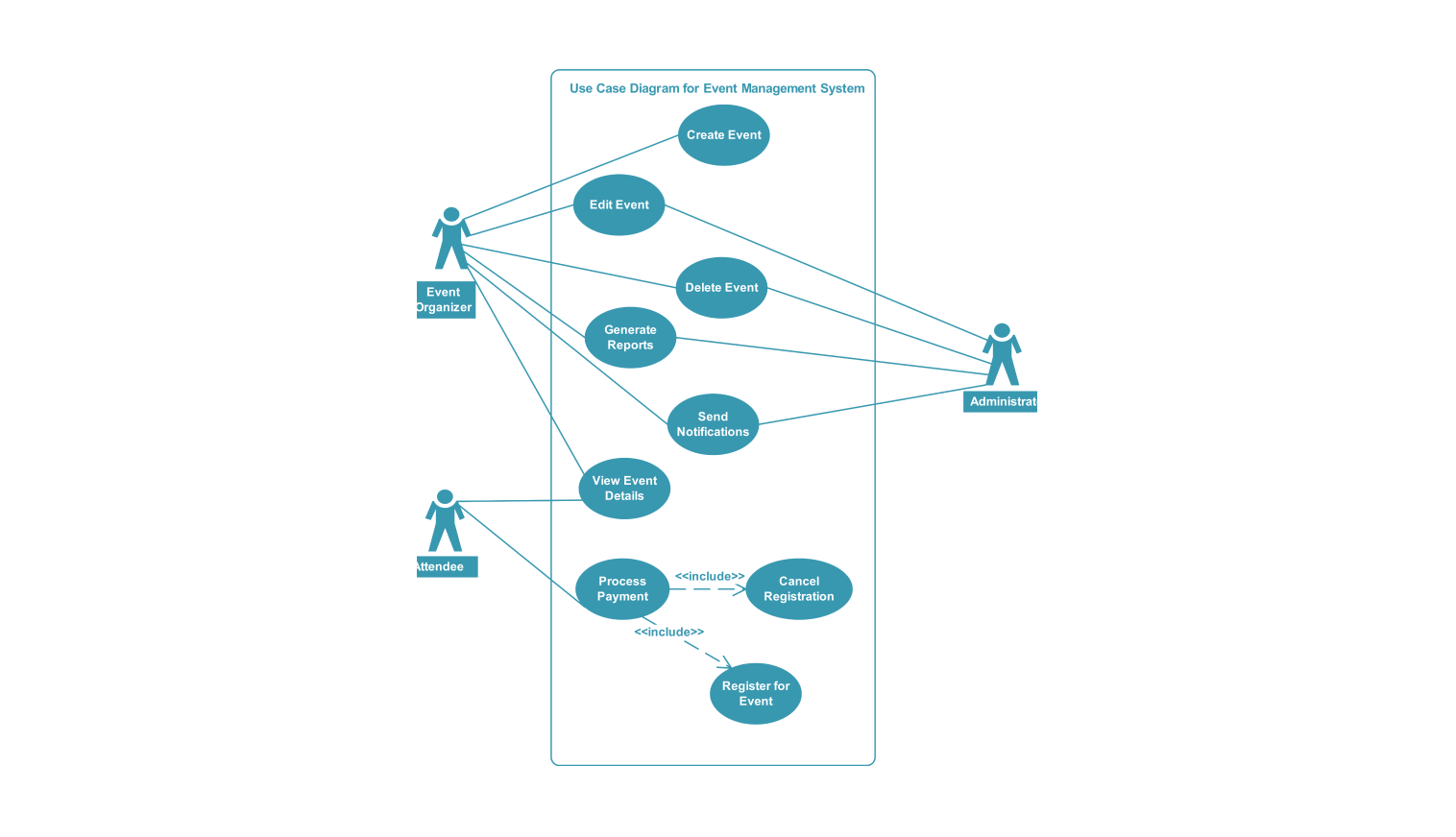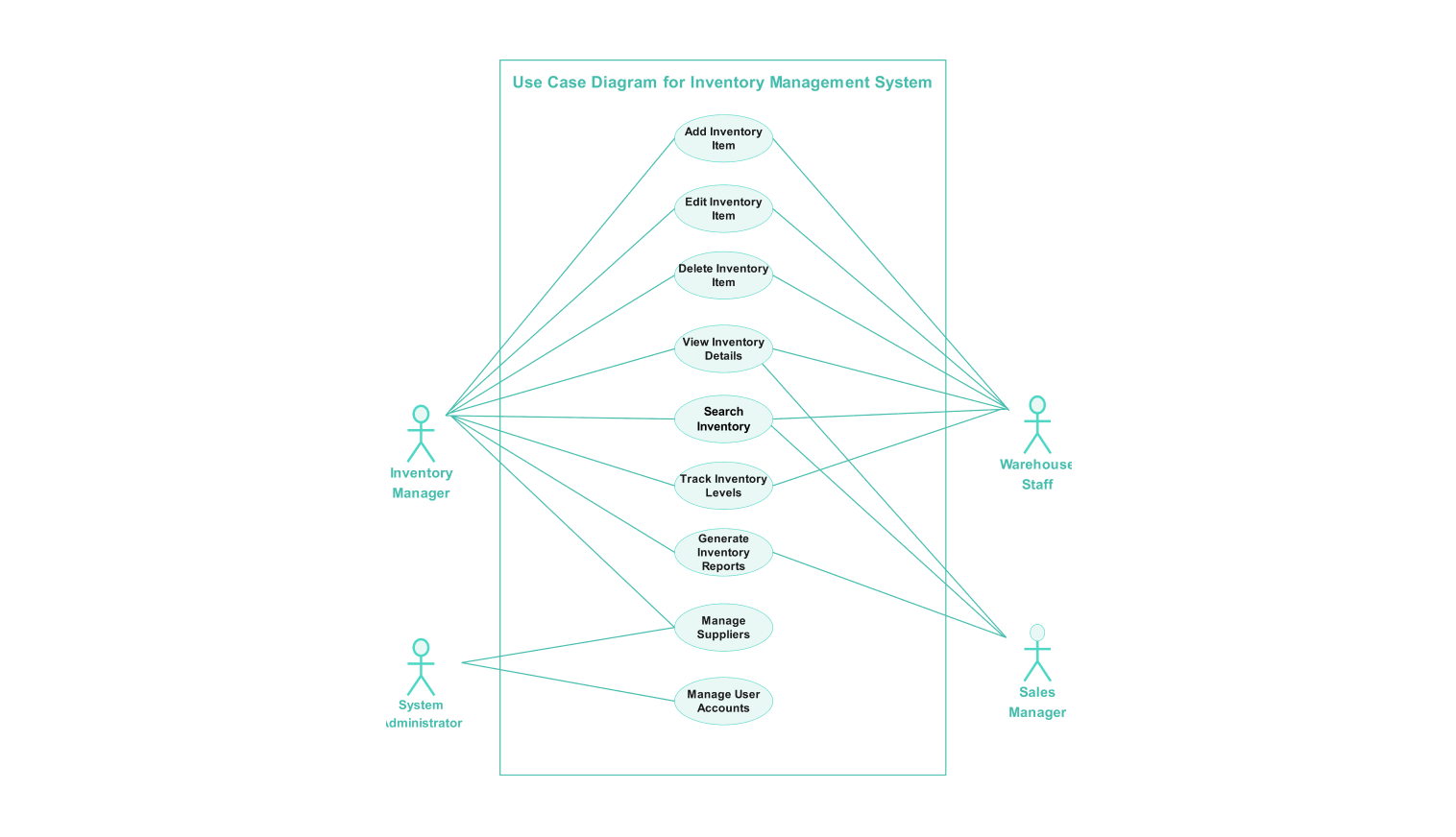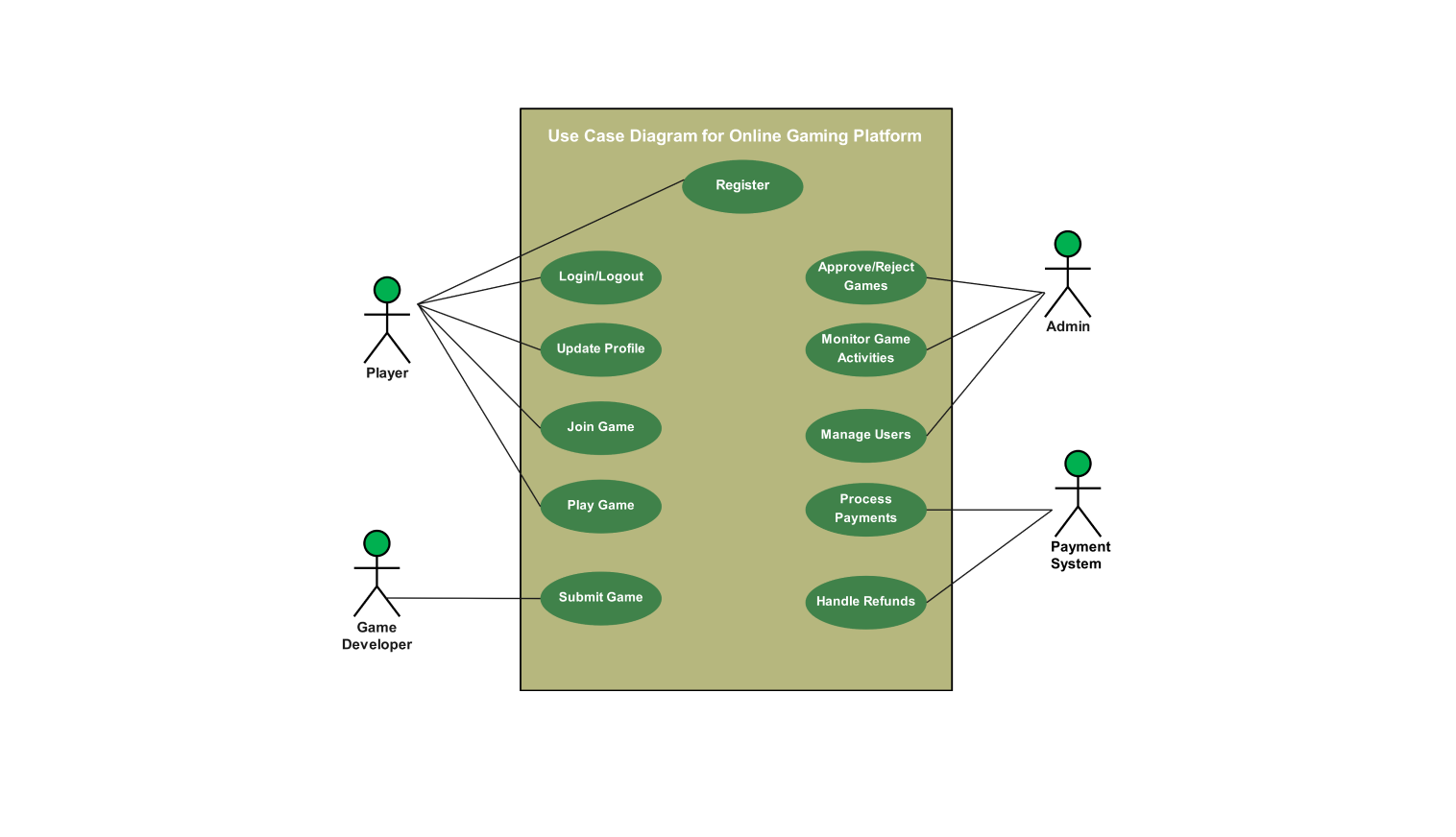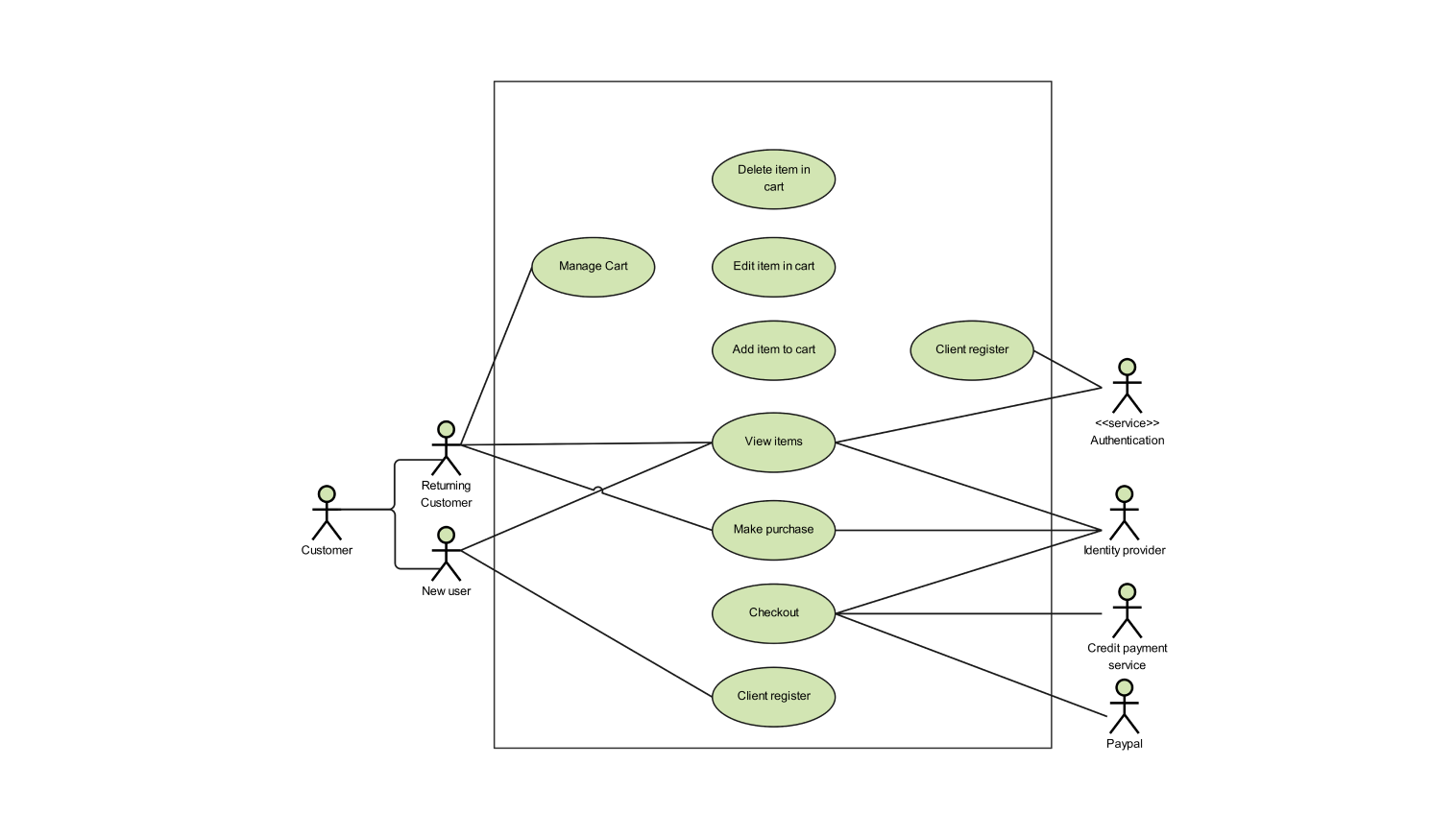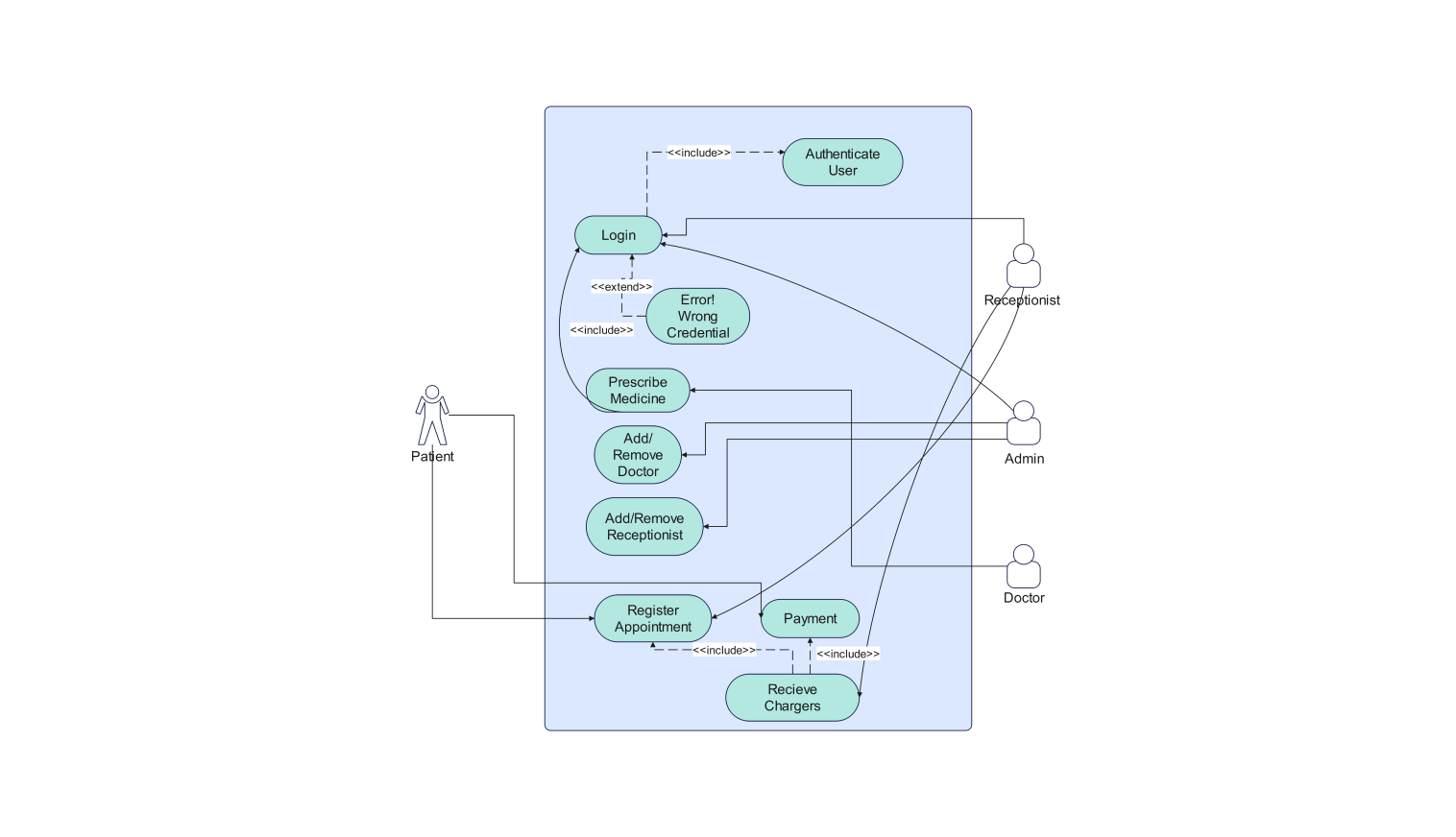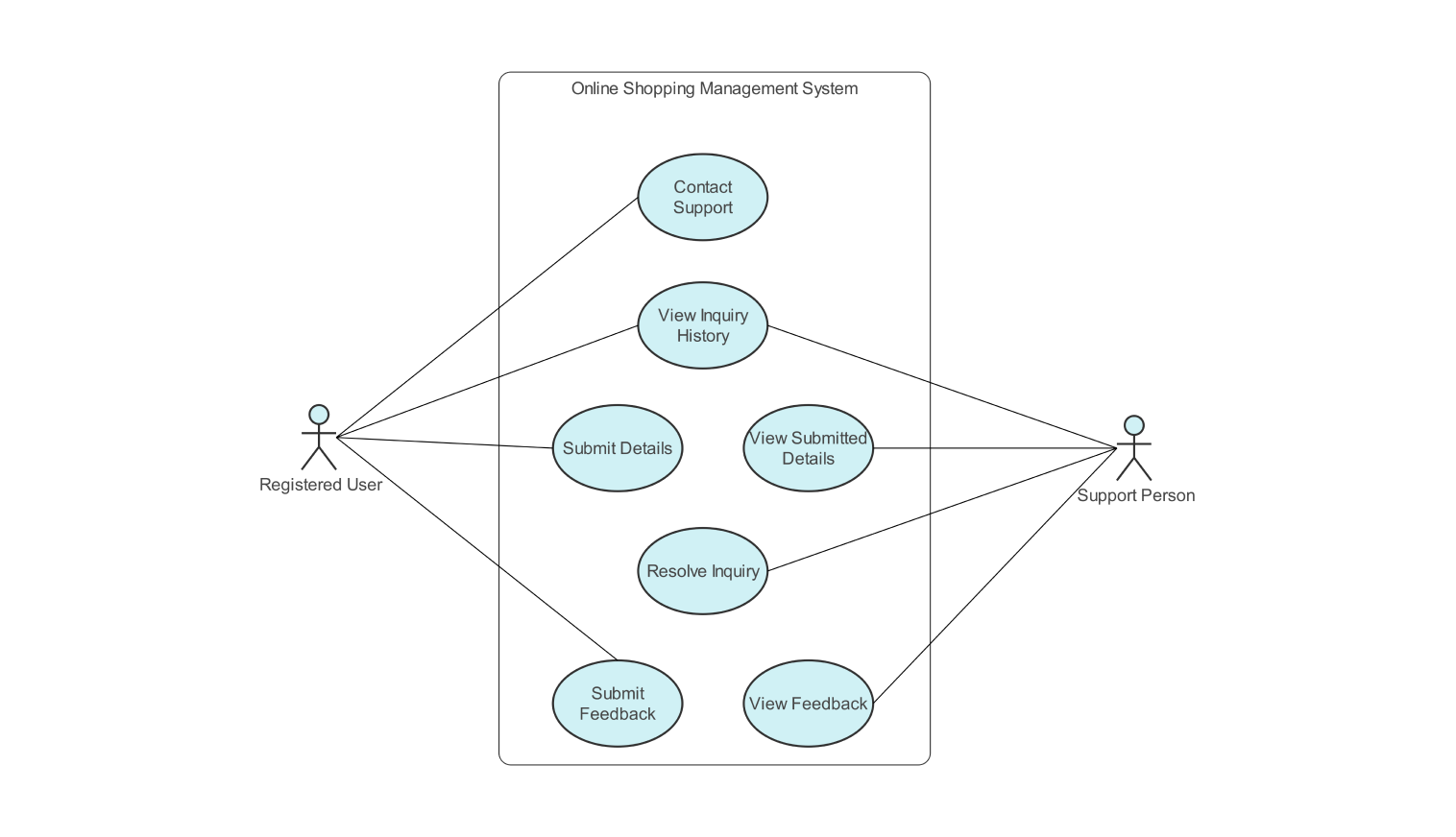- All templates
- Use case diagram templates
- Car rental website use case diagram
About this use case diagram for a car rental website
The subsequent use case diagram illustrates the functioning of a car rental website that performs the hiring of vehicles based on users' preferences.
The system comprises two main entities, namely “User” and “Admin”, each having distinct roles. The admin will be able to manage the cars in the system, and users can choose those vehicles for their rental purposes as per the requirement.
In this system, both the user and admin can register with their relevant particulars. After successful registration, the admin can sign in and add the available vehicles for rental purposes. This includes the vehicle name, description, accessories, rental amount, etc. Similarly, those vehicles can be viewed by the user along with the relevant information under each car.
The user can select the desired vehicle for rental purposes, and the changes will be reflected to the admin accordingly. After the rental period, the user can rate the overall performance of the car, which can be viewed by the admin as well. On the other hand, the admin can view the monthly rental report of each car and manage the cars that are listed on the website.
How to use this template
Click on Use this template to use it.After the template opens, you can customize the diagram by dragging and dropping new shapes from the libraries on the left side as per the requirement of your system.
Customize the lines, boxes, and text by selecting and modifying each element. You can also save frequently used components in your libraries for future use when designing similar diagrams.
Choose a format to save it for later or share it with others. Click on “Export” to choose the format of your file (.eddx, .pdf, .png, .jpg) to export the file.
Benefits of the use case diagram
With the help of this use case diagram, one can get a clear direction about the steps involved when renting a car from a car rental website, along with the process of managing fleet inventory within the system. The use case diagram removes antiquities before the development phase and makes the flow of any project simpler with fewer errors along the way.
This use case diagram will help you regardless of your expertise level, whether you’re a customer wanting to understand the booking process, a business owner looking to streamline operations, or a developer wanting to implement the car rental system in a project of your own, use case diagrams will make your work compact, concise, and easily understandable
Use case diagrams also prove useful for allowing simple and easy expansion plans. The diagram provides an overview of the system, helping software developers understand the current architecture of the system, identify potential improvements, and plan for future enhancements.
FAQs about the use case diagram
-
What is a car rental system?
A car rental system is used to hire a vehicle from the fleet of vehicles being advertised. This can be done based on the vehicle’s size, rent amount, or condition. The main entities in this system are the user and admin, with the user being the person who wants to purchase it’s vehicle on rent and the admin who places the vehicle in the fleet and manages the vehicle list accordingly.
-
What is the possible flow in this use case diagram?
Some of the components that are being used in this use case diagram include the user registration, user login, and admin login. Similarly, the user can search for a car, select a car, and rent a car as per his choice. The user can also see the accessories present in the vehicle, followed by the FAQ related to that vehicle accordingly. Moreover, the admin can add the vehicle, view monthly reports of all the vehicles, and manage them as well.
-
Which software is used for use case diagram?
EdrawMax is a free-to-use online platform where you can create your use case diagrams for free. The platform offers various templates that you can use to create your use case diagrams. The platform also offers a friendly user interface and various tools for you to create your use case diagram, ranging from basic diagrams such as flowcharts to highly functional diagrams such as data flow diagrams or entity relationship diagrams.
Related templates
Get started with EdrawMax today
Create 210 types of diagrams online for free.
Draw a diagram free Draw a diagram free Draw a diagram free Draw a diagram free Draw a diagram free